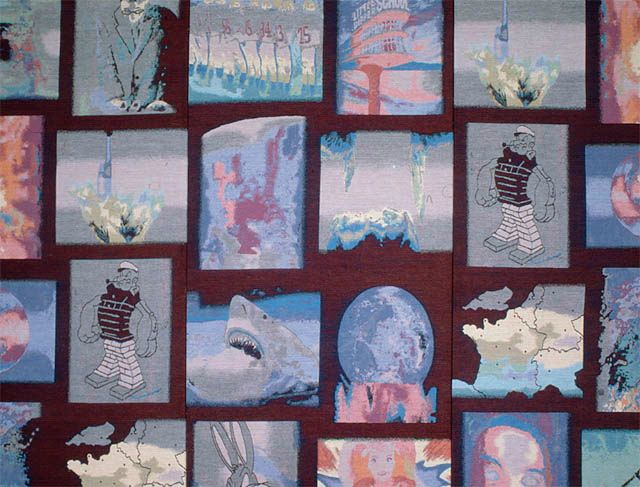Peter Kogler
:
Primary School in Baden/ Weikersdorf
Back
Information
Peter Kogler satisfied the demand for a wall-fabric design in the extension to the elementary school with a wall-covering that stretches over two storeys. It shows various repeated stills taken from children's television woven into one another in bands.
Peter Kogler combines computer-generated sequences of single motives taken from reality to create large-scale wall or room installations. In serial multiplication they become pictorial tapestries and curtains within a given architectural setting. A few numbers of motifs, e.g., the ant, the brain and the pipes, were decisive for his big pieces at the Vienna Secession (1992), the documenta in 1992 and 1997 and the Biennale (1995). In an arrangement that was structured more like a module than a pattern repeat, the ornament has assumed a functional and theoretical role. Labyrinth-like constructions of a world under the sway of the media emerge. Referring to the piece Kogler designed for the Biennale in 1995, Peter Weibel wrote in the catalogue that they connected the two different forms of public space, "namely the material, physical space of architecture with the electronic and print-media space of the mass media."
In Weikersdorf a textile wall design was requested for the new wing added to the primary school. Since Peter Kogler’s original suggestion, i.e., a curtain, was not feasible for practical reasons, a wall design extending over two floors was selected. This wall hanging interlocks strips of images taken from children’s TV program, the so-called Mini-ZiB – symbols that could be recognized by children but at the same time have become unfamiliar in this repetitive arrangement.
(Susanne Neuburger)


